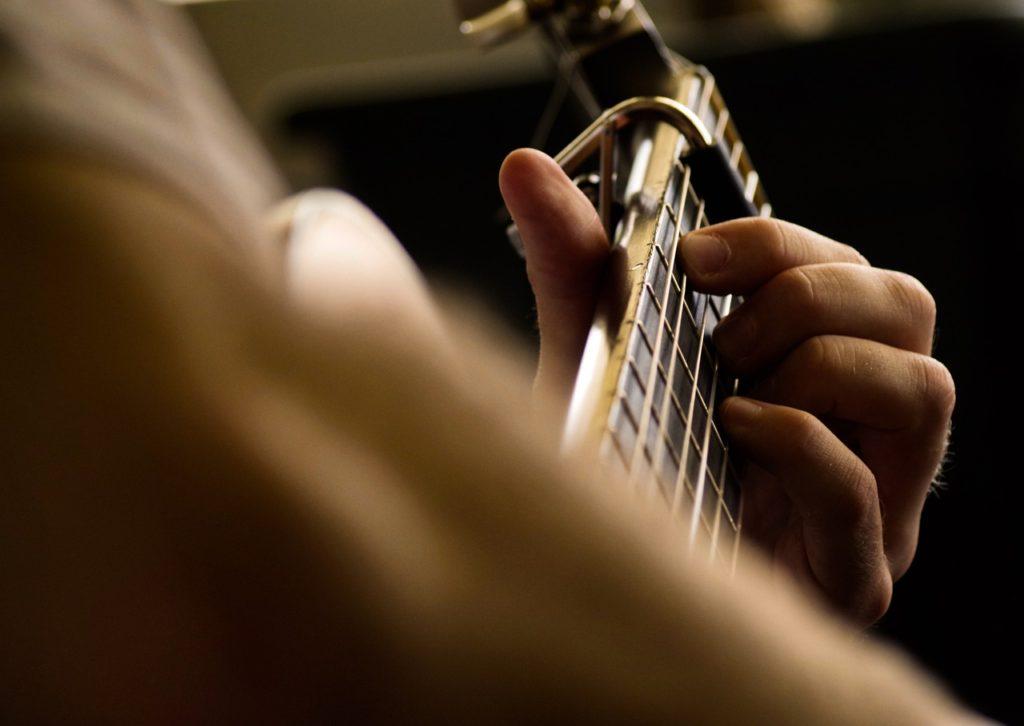Do your students get the deer-in-the-headlights look when you quiz them on rhythm? Are you looking for a great way to engage your kids when working on clapping? Legos make a fun way to help your students get rhythm. All you need are Legos and a marker. Read more to learn about Lego rhythm manipulatives. Estimated reading time 5 minutes.
Read More

